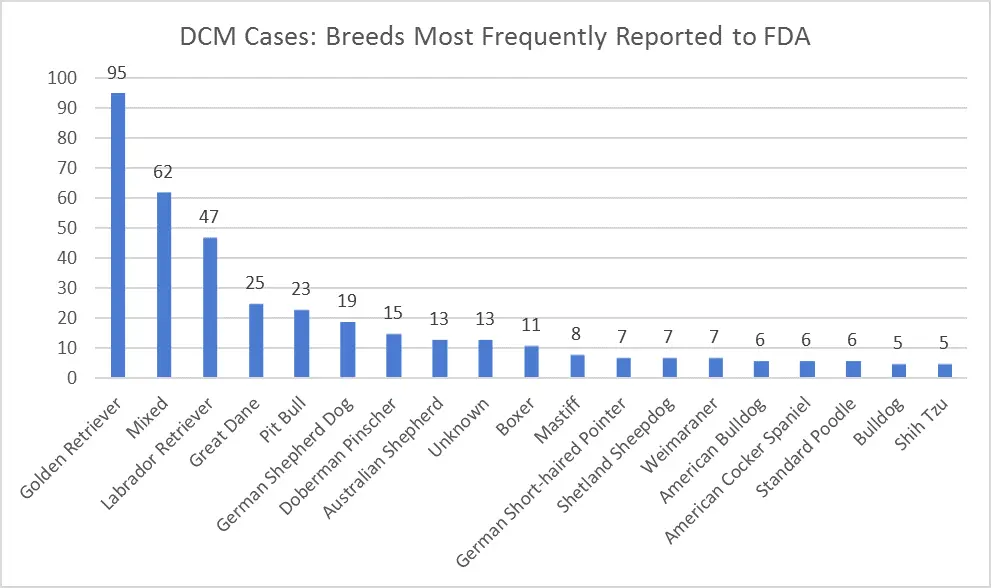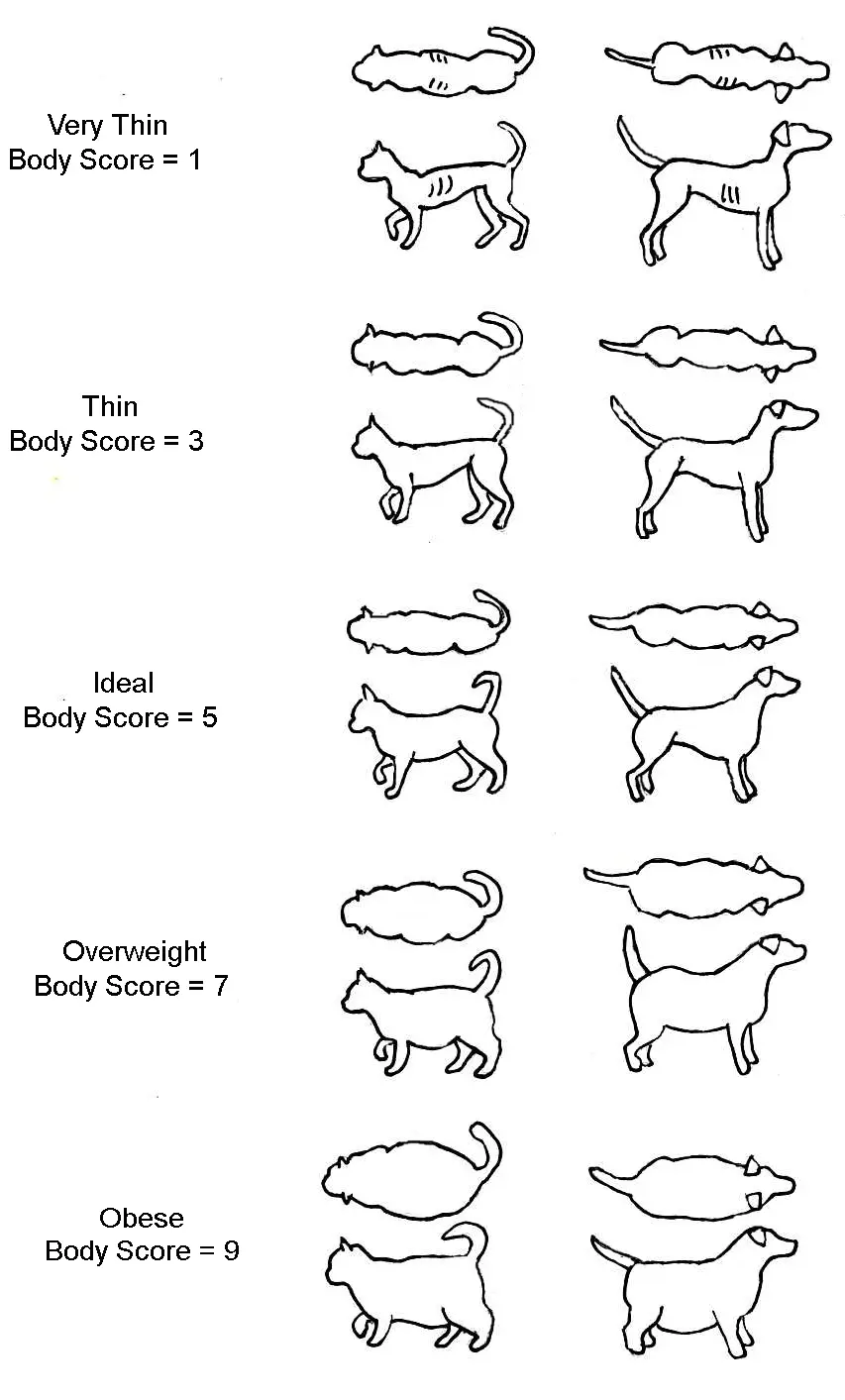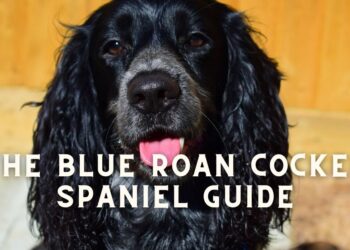Introduction
Cocker Spaniels are a sturdy breed that, with due care, can easily live for 10-12 years. Uno, the oldest living cocker spaniel, lived till 22, so we can safely assume that being a part of the spaniel family, Blue Roans can live till 14-15 years and provide you with a lifetime of love and companionship. That said, several factors influence the health and lifespan of a roan blue and put its health at risk.
Studies have shown cocker spaniels to be predisposed to heart problems and obesity. The problem increases with age and is observed to be greater in households with a sedentary lifestyle. That, combined with the tendency to hip dysplasia and joint problems, are other factors that may cause a problem with your blue roan and impact its life expectancy. While research data has established that obesity can take 2.5 years off a canine’s life, skeletal disorders affect its quality of life.
Let’s discuss these factors briefly.
Heart problems in roans
Cocker spaniels are predisposed to cardiomyopathy, a condition characterized by thinning heart walls and the inability to pump blood sufficiently. Subsequently, the body receives insufficiently oxygenated blood, characterized by lethargy, weakness, weight loss and frequent coughing episodes with panting because of breathing difficulties.
The prognosis of cardiomyopathy is slow in cocker spaniels, and with due care and medications, your blue roan can live a normal life. But it would be best to start treatment as soon as you observe the symptoms to get timely help. In a study conducted by an English Kennel Club dealing predominantly with cockers, at least 11 were diagnosed with myopathy over five years, out of which 3 passed away from heart-related complications.
Genetics and nutrition are some of the principal reasons behind cardiomyopathy in blue roan cocker spaniels. While the former can’t be helped, the latter can be taken care of by feeding your canine baby a heart-friendly diet free of grains, maize and low in salt to help decrease fluid build-up in the dog’s body.
Keeping in mind that decreased plasma taurine concentrations have been observed in cocker spaniels diagnosed with dilated cardiomyopathy, it would be wise to put your roan blue under a taurine and carnitine-supplemented diet ( chicken breast, liver, eggs, milk ) to reduce the risk of taurine deficiency-induced myopathy.
The FDA has recently banned 10 out of 16 brands of dog foods, out of which the majority were dry dog formulations because of their taurine-deficient content and urged pet owners to work with their veterinarians to obtain the most appropriate dietary advice for their pet’s specific needs before making diet changes. A carefully monitored diet combined with periodic follow-ups can ensure that your blue roan has a healthy heart and lives a healthy life.
Obesity
There are no studies as yet correlating the trend of obesity with cocker spaniels, especially blue roans. But the fact that they are of a slender build and prone to arthritis and other skeletal disorders reduces their activity levels as they grow older, leading to obesity. The ideal blue roan cocker spaniel should weigh 18-25 pounds, with females between 18-22 pounds and males no more than 25 pounds. Anything above the required weight is considered overweight and can lead to systemic complications if not shed.
A good way of knowing whether your blue roan is overweight is to follow the Body Condition Score that will give you a visual idea of whether Hugo is fluffy or it’s time to do a diet check.
Body score is the canine equivalent of BMI Scores 1-3 are pets that are too thin and underweight. Scores 4-5 are considered ideal. Scores 6-9 represent various stages of being overweight. Overweight tendencies, in turn, increase the risk for diabetes and hip dysplasia that, when left untreated, progresses into painful osteoarthritis.
The pain and discomfort associated with it impact their posture, gait and quality of life to a considerable extent. For the healthy life of a blue roan cocker spaniel, it is essential to feed them a completely balanced diet, including lean meats, fresh fruits and vegetables, coupled with plenty of water and rest. Healthy blues should get at least 70 minutes of exercise daily with off-lead exercise if required.
The fundamental mistake made by pet owners is in failing to grasp the fact that decreased activity levels reduce dietary calorie adjustments and continuing to feed the same portions that, in turn, add fat to their bodies.
According to the Ohio College of Veterinary Medicine, the calorie needs of your canine and feline, irrespective of the breed, can be calculated by first finalizing its Resting Energy Requirements or the energy required to carry out its basic body functions like digestion, respiration, brain functions in the formula of
(Weight in kilos) multiplied by 70 = RER
It is then multiplied by factors like age, neutered status and activity levels to get an idea about the required calorie.
| Neutered adult | 1.6 x RER |
| Intact adult | 1.8 x RER |
| Inactive /obese prone | 1.2-1.4 x RER |
| Active roans | 2.0-5.0 x RER |
| Weight gain | 1.2-1.8 x RER |
| Weight loss | 1.0 x RER |
| Blue roan puppy 0-4 months | 3.0 x RER |
| Young blue roan four months | 2.0 x RER Waste |
Losing weight and getting in shape will reduce pressure on their joints, increase their stamina and add 2.5 years to their estimated life span.
Cancer conditions
Cancer conditions account for approximately 27% of dog deaths in the U.K.; unfortunately, cocker spaniels are high on the list. The risk increases significantly when they grow older at the median age of 6-9. Studies have shown mammary gland cancers and carcinogens of the lymph nodes to be common in these breeds in both males and females.
Lumps and bumps under the skin are some of the earliest cancer signs, accompanied by lethargy, loss of appetite and difficulty breathing. Treatments, when done timely, can give your spaniel an additional 2-3 years of life.
A study conducted on case reports of 608 canines collected from seven Veterinary Histopathologic Centres showed Cocker Spaniels at a high risk of canine non-hodgkin’s lymphoma, with genetics and the geographic location of the canine being a risk factor. The study showed that cockers located near /exposed to incinerators, polluted sites, and radioactive waste were at a higher risk than others.
Apart from lymphoma, cockers are at an additional risk for mammary tumours because of the unique expression of their estrogen and progesterone receptors. In a Swedish study conducted about canine mammary tumours where the overall mammary tumour rate was 111 dogs per 10000 Dog Years at risk ( DAYR ), cockers, Doberman pinschers, and boxers showed significantly increased incidence rates of 319, 297, and 256 per 10000 dog years at risk.
10-12 years is the maximum risk for your blue roan to get mammary cancer. In such cases, the survival rate is variable and depends on the tumour grade, its spread in the body and other factors. Treatments and chemo can increase the survival rate. But a wise idea would be to spay your roan before they have reached sexual maturity or are around six months old.
Veterinary Cancer Society also reports that pesticides, herbicides, and insecticides can all increase the risk of cancer in dogs. 2,4-dichloro phenoxy acetic acid, a widely used herbicide, has been linked to malignant lymphoma and transitional cell cancer in dogs. Keeping them away from a possible carcinogen source can help reduce the risk of lymphatic cancer.
If you are a dog lover then, Subscribe to our weekly newsletters. No Spams!









